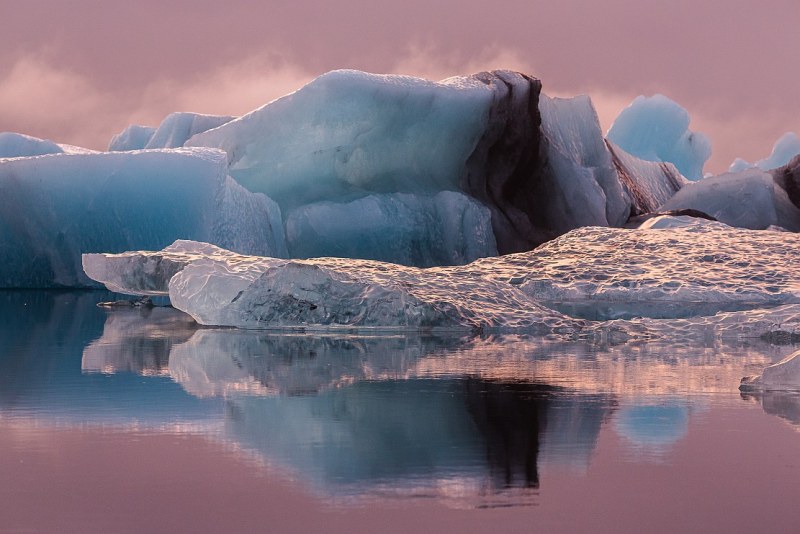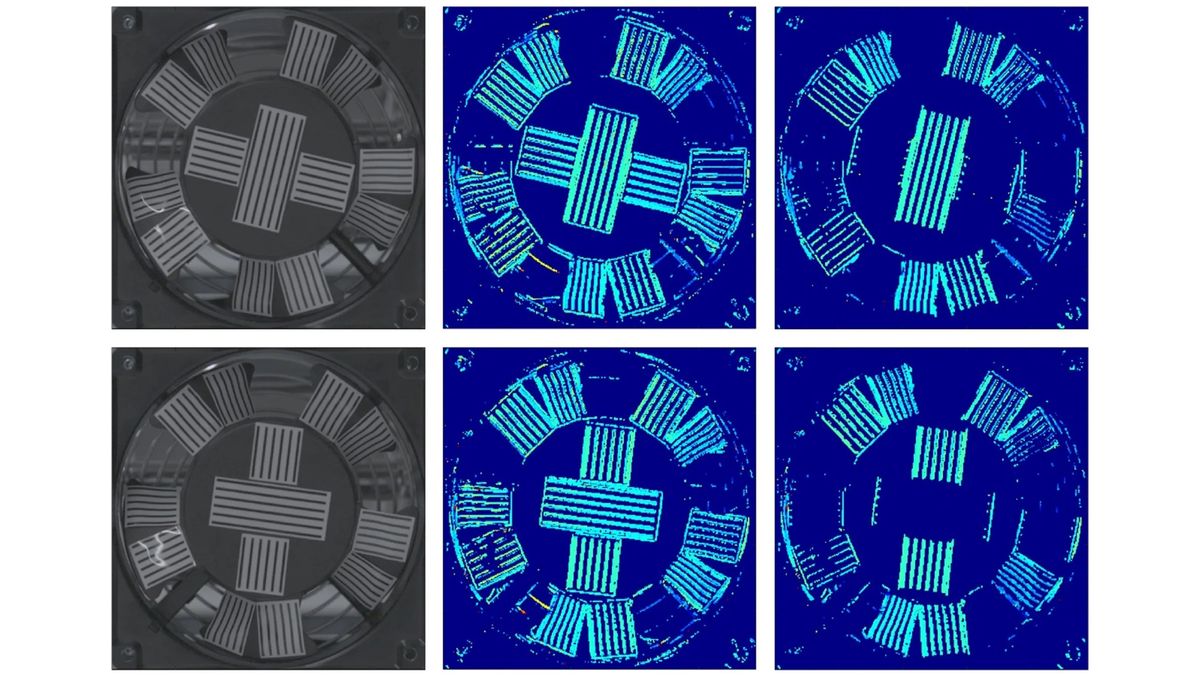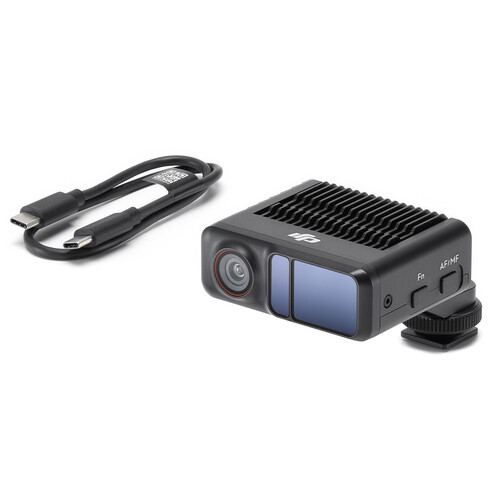David Berry
🇦🇺 Australia 🦘
I think that is already being delivered in the extraordinary wildlife lenses available for mirrorless systems. (I own one.)Eric, I would have added lighter weight gear.
If you would like to post, you'll need to register. Note that if you have a BCG store account, you'll need a new, separate account here (we keep the two sites separate for security purposes).
I think that is already being delivered in the extraordinary wildlife lenses available for mirrorless systems. (I own one.)Eric, I would have added lighter weight gear.
The Canon 100-500 is quite light weight and a joy to carry around in the field. At F 7.1 it isn't a low light monster but with today’s cameras and noise reduction software it hasn’t been a big limiting factor for me. Even at 7.1, the image looks brighter than the 200-500 lens I used to use.I think that is already being delivered in the extraordinary wildlife lenses available for mirrorless systems. (I own one.)
Near-term, I agree, but it doesn’t have to so. There’s nothing stopping a RAW file from containing multiple images, nor is there anything stopping the camera from compositing multiple frames into a single output file.The real value of some of these features is for video or JPEG shooting. While I can always make a better image with a Raw file, when you have an output format - or near final output - in camera tools are useful. It's the same idea as Auto mode for exposure - it's usually quite good, but with a different mode, Exposure compensation and a picture control you can always make it better. Look how many here are using Photoshop, Lightroom, Topaz, or DXO for editing.
Nikon's thought process for enthusiast and pro cameras is you'd rather post process and optimize images. But if you prefer a preset - they do offer a wide range of Picture Controls plus the ability to download other PC presets or make your own. That is a significant advancement in the Z6iii.



 digitalfuture.co.ke
digitalfuture.co.ke
